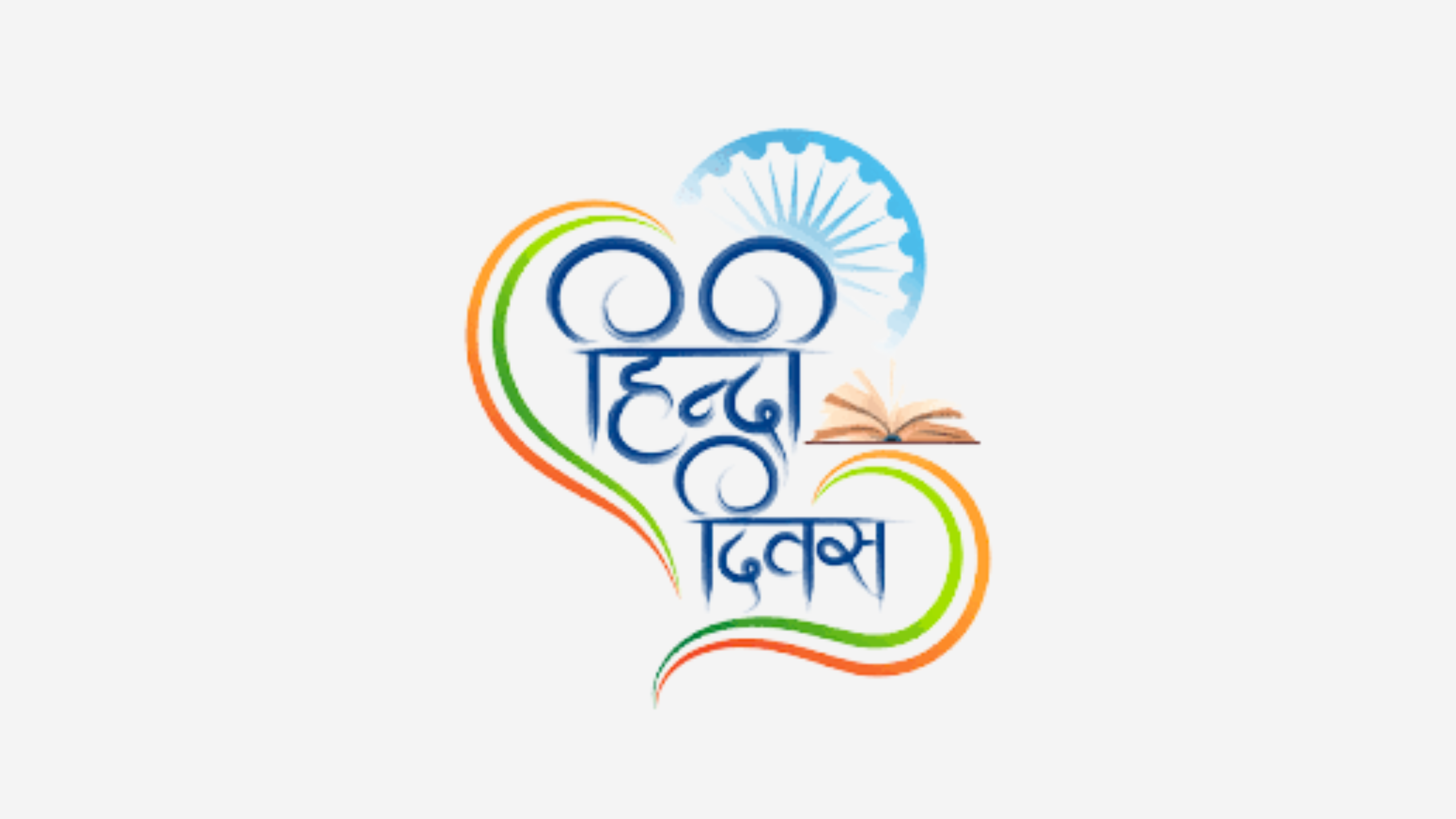
From having a few hundred thousand speakers at the time of independence to being the second most spoken language in the country, English has made great strides. Much of the inroads made by English is closely linked to the changes in the economic sphere.
In the 1990s, if you had some command over the English language, it could be easily attributed to your elite education, your affluent upbringing or, at the very least, your growing up in the metropolitan cities of the country.
As India’s economy integrated with the world’s, English started showing up in all spheres of our lives. Technology has now made it our default language. The Indian professional’s ability to work comfortably in English language environments has been an important contributor to the country’s success. It is now India’s competitive advantage in the global economy.
Much of this change has come at the cost of the vernacular languages, especially Hindi. As a consequence, most people born in the decade 1980 to 1990 are woefully inadequate in both English and Hindi–the proficiency of a native speaker is missing. Therefore, the quality is suspect even at high levels of the government and the corporate world.
Language is the mother of culture. It is the carrier of knowledge and values. It is interwoven with our identity and is the primary means of transmission of our heritage. Therefore, to ignore or treat our mother tongue as a secondary language is a great disservice to ourselves and the society we live in.
Children born in the new millennium are growing up with the adeptness of native speakers of the English language. They consume English through technology. Many schools insist that the primary conversation be done in English. At home too, parents, many with their Hindi competence compromised or some with inter-regional partners, prefer to use English. This clearly comes at the cost of the mother tongue. At this rate, we are only a few generations away from confining Hindi to the category of exotic languages, such as Sanskrit is right now.
Further, some studies have shown that genes appear to affect language processing in humans. Therefore, when we are deprived of sounds that are in our DNA, it occasionally leads to speech disorders.
We must improve our ability with Hindi and respective vernaculars. Only when we engage with the language will it evolve and become richer and up to date.
Languages are learnt in a multisensory way. You hear it, speak it, and see it, and hence it must be made accessible accordingly. There is an urgent need to build suitable content in Hindi and vernacular languages for children.
Chota Bheem and more such programmes are required to immerse children into the language at a very early age. Rhymes and story books in Hindi, much beyond the school curriculum, need to be designed for children. High-quality electronic content should be made available. After all, YouTube and TV keep our children engaged for long! Even UNESCO advocates and encourages multilingual education based on the mother tongue.
Hindi has its strengths that make it easy to understand and agile to use. The language is entirely phonetic. Therefore, one can pronounce it the way it is written. The Hindi alphabet enables writing down of almost every possible sound.
We need to encourage learning of Hindi in a structured way and outside of classrooms as well. Like there are low-cost or even free-of-cost programmes to learn English, such as English Bolo or Google’s Read Along (formerly Bolo), we may need similar programmes for Hindi too.
The Common European Framework of Reference for Languages has a six-level scale proficiency grading and it can be adapted and used for multiple contexts and applied to all languages. India should formulate something along the lines of the European framework of reference or adopt it to provide learners with a structured way of language learning.
Research has shown that, with the use of the Sanskrit alphabet, many non-organic speech disorders can be rectified. While organic speech disorders often need surgical intervention, the use of the mother tongue is very helpful in rehabilitation.
In the last few years, the government has signalled its intent to support Indian languages. Allowing mother tongue as a medium of instruction from primary to Grade 12 under the National Education Policy 2020 is a significant step in the right direction. This measure is also expected to mitigate the issue of school dropouts.
For the Hindi@UN project, India has been partnering with the UN Department of Global Communications since 2018, intending to enhance the public outreach of the United Nations in the Hindi language and spreading greater awareness of global issues among millions of Hindi-speaking people around the world. India has been providing an extra-budgetary contribution every year. UN News in Hindi is disseminated through UN Radio, the UN’s website and social media handles, and the UN Facebook Hindi page.
While Hindi is spoken in about 20 countries, India should also make the spread of Hindi an important element of its soft power diplomacy.
This National Hindi Diwas (September 14), let us lend a helping hand to Hindi and other national languages.
The author works in the public policy space.
(Disclaimer: The views and opinions expressed in this article are those of the author and do not necessarily reflect the views of YourStory.)





![Read more about the article [Funding roundup] Jimmy’s Cocktails, Rises.ai, WickedGud, others raise capital](https://blog.digitalsevaa.com/wp-content/uploads/2022/03/Image41hd-1580275708895-300x150.jpg)



![Read more about the article [The Turning Point] Here’s how CASHe built an AI-based credit lending platform](https://blog.digitalsevaa.com/wp-content/uploads/2022/05/ImagesFrames58-1653041207205-300x150.png)
![Read more about the article [Startup Bharat] Meet the BITS Pilani engineer who built a video content startup from Rohtak](https://blog.digitalsevaa.com/wp-content/uploads/2021/06/SB-1623331365751-300x150.png)